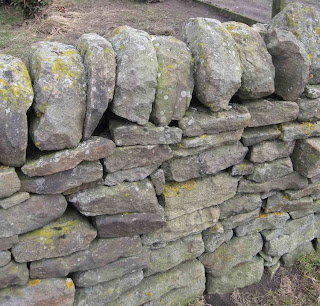 I'm interested in language change – new words are being made up by individuals all the time and some spread like wildfire. But how does one spread a new word intentionally? People have to hear it enough, decide it fits the bill and use it themselves.
I'm interested in language change – new words are being made up by individuals all the time and some spread like wildfire. But how does one spread a new word intentionally? People have to hear it enough, decide it fits the bill and use it themselves.In a previous post "Tea: food or drink?", I lamented the confusing situation of "tea" in England – it can mean the drink, a (calorie-laden) snack, or a meal; and the timings and content differ according to region and class (unfortunately still a part of British society).
I ended that post with the recommendation that we use the word "fourses" to indicate tea with bakery goods in the afternoon. Afterall, if we can have "elevenses" as morning coffee or tea, why can't we have "fourses" as the afternoon equivalent. That would certainly solve the vexing problem, when you are invited to have "tea", that you don't know if it's a meal or not. Being invited to "fourses" is clear. Isn't it?
Help me out! Spread the word, and enjoy your afternoon tea with biscuits/scones/cake or whatever....
